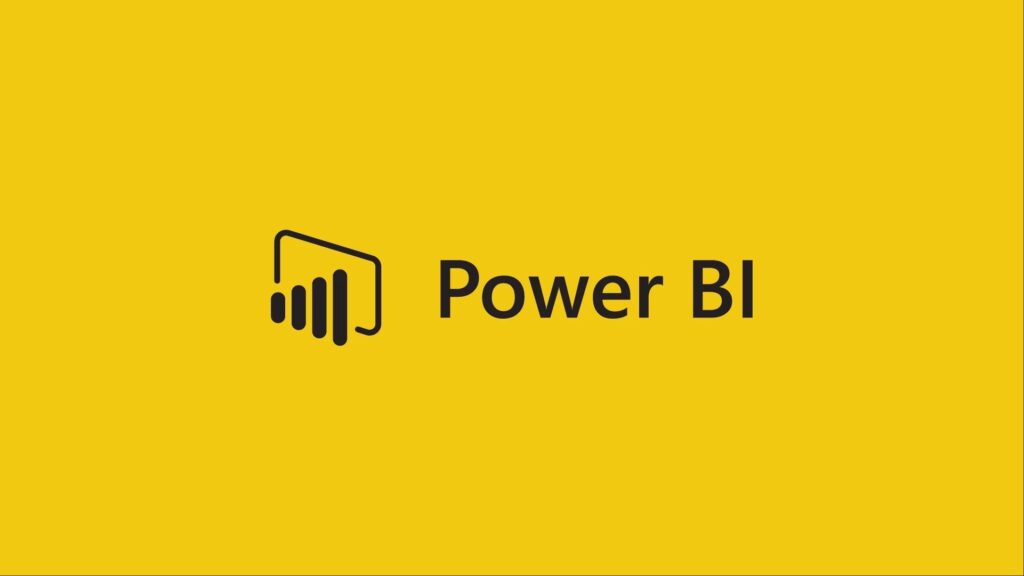The following are the most frequently asked Power BI interview questions and answers in 2024:
1. Describe a Power BI project you worked on. What was your role?
Answer:
In my previous role, I led a project aimed at improving the sales forecasting accuracy for a retail client. My role involved gathering data from various sources, including Excel sheets and a SQL Server database. I developed a Power BI dashboard that integrated this data, tracked key sales metrics, and provided real-time insights. By implementing predictive analytics using DAX, I was able to increase forecast accuracy by 15%, which directly influenced inventory management decisions and reduced overstock by 10%.
2. How do you approach designing a dashboard in Power BI?
Answer:
I start by thoroughly understanding the user’s requirements, including the key metrics and KPIs they need to monitor. For instance, when designing a sales performance dashboard, I worked closely with the sales team to determine the most relevant metrics, such as sales growth, conversion rates, and regional performance. I planned the layout to ensure that the most critical data was front and center, selected visuals that clearly conveyed the information, and conducted multiple user tests to ensure ease of use. I also focused on data accuracy by validating the data sources and used slicers to allow users to interact with the dashboard dynamically.
3. What challenges have you faced in Power BI projects, and how did you overcome them?
Answer:
One of the significant challenges I encountered was integrating data from a legacy system that used an outdated database structure. This caused compatibility issues when trying to pull data into Power BI. To overcome this, I first cleaned and standardized the data using Power Query, and then created a custom connector to seamlessly integrate the legacy data with newer systems. Additionally, I optimized the data model to improve query performance, which reduced the report load time by 30%.
4. How do you manage large datasets in Power BI for optimal performance?
Answer:
For large datasets, I use a combination of DirectQuery and import modes depending on the need for real-time data. In a recent project, I worked with a dataset containing millions of records. I implemented aggregations to pre-calculate and store commonly used summaries, which improved query performance. Additionally, I optimized the data model by removing unnecessary columns and using relationships efficiently. I also used the Performance Analyzer tool in Power BI to identify and resolve bottlenecks, ensuring that the reports remained responsive and fast.
5. How do you handle data security in Power BI?
Answer:
In a project where I handled sensitive financial data, I implemented Row-Level Security (RLS) to ensure that users could only access data relevant to their role. For example, regional managers could only view data pertaining to their respective regions. I configured role-based access controls in Power BI Service, and regularly audited the permissions to ensure compliance with company policies. Additionally, I used data masking techniques for any personally identifiable information (PII) to further protect sensitive data.
6. How do you use DAX in Power BI for complex calculations?
Answer:
In a project focused on analyzing customer churn, I used DAX to create a custom measure that calculated the churn rate by comparing the number of lost customers over a period to the total number of customers at the beginning of the period. This measure helped the marketing team identify high-risk customer segments. I also utilized DAX for time intelligence calculations, such as year-over-year growth, which provided insights into seasonal trends and helped the company plan better for peak periods.
7. How do you integrate Power BI with other tools or systems?
Answer:
In a recent project, I integrated Power BI with an SQL Server database to pull in daily sales data. I also connected Power BI to SharePoint to import team performance reports and used Power Automate to schedule data refreshes. Furthermore, I set up an API connection to pull in real-time social media metrics, which were then visualized alongside sales data to understand the impact of online campaigns. I exported the final reports to PowerPoint for presentations to the executive team, ensuring a seamless flow of data across tools.
8. Can you describe a situation where your Power BI insights led to a significant business decision?
Answer:
In one project, I developed a dashboard that analyzed customer purchasing behavior across different regions. The dashboard uncovered a trend where certain products were underperforming in specific regions. Based on this insight, the marketing team decided to launch a targeted campaign in those regions, which resulted in a 20% increase in sales within three months. My analysis directly influenced this decision, demonstrating the power of data-driven insights.
9. How do you stay updated with new features and updates in Power BI?
Answer:
I regularly follow the Microsoft Power BI blog and subscribe to newsletters from industry leaders. I also participate in Power BI community forums where I engage with other professionals to discuss new features and best practices. Additionally, I attend webinars and take online courses on platforms like LinkedIn Learning to deepen my knowledge of advanced features and techniques.
10. What is your approach to troubleshooting a Power BI report that isn’t working as expected?
Answer:
I take a systematic approach to troubleshooting. First, I check the data source connections and refresh settings to ensure the data is being pulled correctly. If the issue persists, I examine the DAX formulas for any errors or inefficiencies. For instance, in a recent project, a report was showing incorrect totals due to a faulty DAX measure. I identified the issue by breaking down the formula step by step and corrected it by adjusting the filter context. I also use the Performance Analyzer tool to identify any slow queries and optimize them accordingly.
11. How do you set up and manage Power BI dataflows?
Answer:
In a project where we needed to consolidate data from multiple departments, I set up dataflows to centralize the data cleaning and transformation process. I configured the dataflows to extract data from various sources, apply transformations like merging and aggregating, and load the cleaned data into Power BI datasets. This setup allowed different teams to use the same data without duplicating efforts, ensuring consistency across reports and saving significant time in the report development process.
12. How do you handle version control and collaboration in Power BI?
Answer:
For version control, I use SharePoint or OneDrive to store Power BI files, which allows easy tracking of changes and version history. I also collaborate with team members through Power BI Service, where we share and co-author reports. In one project, I worked closely with a team of analysts, and we used Power BI’s workspaces to collaborate on a shared dataset, ensuring that everyone was working with the most up-to-date data. We also set up regular review sessions to discuss changes and ensure consistency across the project.






